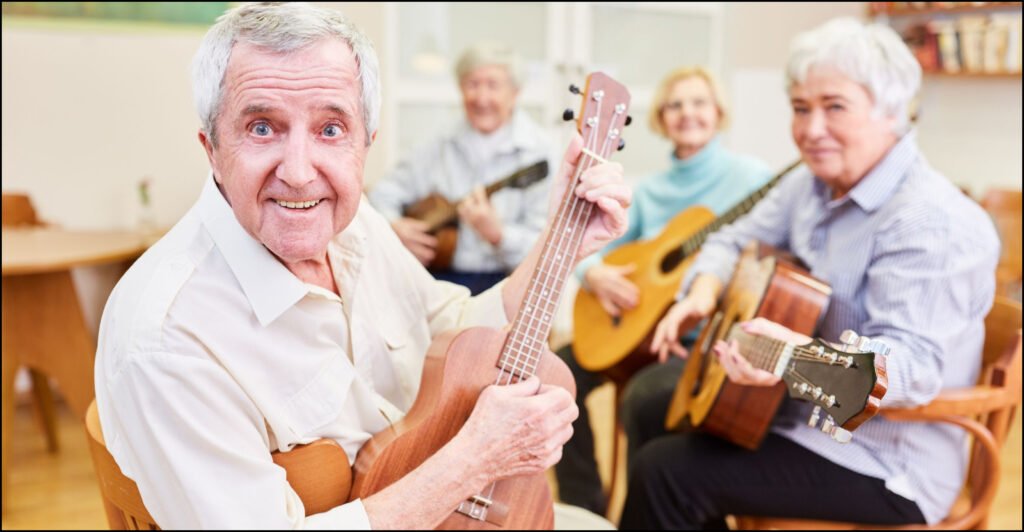Senior Artistic Expression: 5 Benefits of Creative Outlets
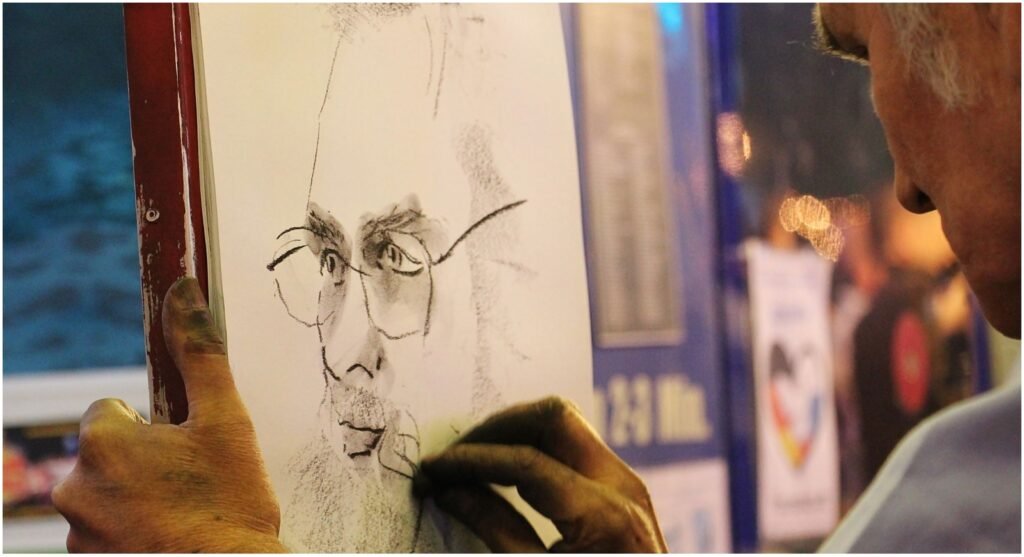
Last Updated on June 30, 2025 by Julian Espinosa
Have you ever wondered why picking up a paintbrush or learning a new song feels so rejuvenating? For mature adults, artistic expression isn’t just a hobby—it’s a powerful pathway to enhanced well-being and cognitive vitality.
Recent research reveals fascinating insights about how creative activities literally rewire our brains for better health. Active and receptive arts engagement was found to be an effective approach to reduce cognitive decline and improve well-being and quality of life in healthy populations, according to a comprehensive 2023 systematic review involving nearly 8,000 participants.
In this comprehensive guide, you’ll discover five transformative benefits that artistic expression brings to your retirement years. We’ll explore how painting, music, writing, dance, and photography don’t just provide entertainment—they actively strengthen your cognitive abilities, boost emotional resilience, and create meaningful social connections.
You’ll learn practical ways to implement creative aging programs in your community, discover adaptive tools that make art accessible regardless of physical limitations, and understand why intergenerational artistic collaborations are revolutionizing how we view aging. Whether you’re picking up a brush for the first time or returning to a long-lost passion, this article provides the inspiration and practical guidance you need.
From enhancing memory and problem-solving skills to fostering new friendships and discovering hidden talents, artistic expression offers a vibrant path forward. Ready to unlock your creative potential and transform your approach to healthy aging?
The Power of Artistic Expression for Seniors
In this article, we will delve deep into the transformative power of creative aging, shining a spotlight on how engaging in various art forms can enable seniors to live bravely, embracing their golden years with vitality and purpose.
As the world around us races forward, it’s crucial to pause and recognize the unique challenges faced by seniors in this modern era. Rapid technological advancements often leave them feeling marginalized, disconnected and undervalued.
However, creative aging presents a remarkable opportunity to counter these negative narratives and nurture a more positive and fulfilling experience of aging.
Prefer to listen rather than read?

By encouraging seniors to tap into their creative potential, we open doors to a world of endless possibilities. Through painting, writing, music, dance, and a plethora of other artistic outlets, seniors can discover the untapped reservoirs of their creativity and embark on a transformative journey that redefines their later years.
The Benefits of Artistic Expression for Seniors
Engaging in creative activities such as painting, drawing, writing, music, and dance can offer seniors numerous benefits. This artistic expression for seniors can enhance their overall well-being in various ways.

Cognitive Stimulation
Think of artistic activities as CrossFit for your mind. Creating art, such as drawing and painting, may benefit your brain by enhancing creativity and improving cognitive abilities. It could also help create new pathways and strengthen existing connections in your brain, leading to better cognitive function overall.
Enhanced Mental Agility
When you engage in artistic expression, you’re challenging multiple brain regions simultaneously. Learning to mix colors for a landscape painting requires visual processing, fine motor coordination, and decision-making skills. Writing poetry activates language centers while encouraging creative problem-solving.
These cognitive demands aren’t burdensome, they’re invigorating. Each brushstroke, chord progression, or dance step creates what neuroscientists call “neuroplasticity”, your brain’s remarkable ability to form new neural connections regardless of age.
Preservation of Cognitive Function
Cognitive stimulation encompasses activities that challenge the brain, such as reading, writing, playing cognitive games, or learning new skills, and artistic activities perfectly fit this description. Regular creative engagement has been linked to improved memory retention, sharper attention spans, and enhanced problem-solving abilities.
The beauty of art-based cognitive stimulation lies in its sustainability. Unlike repetitive brain games that can become tedious, artistic expression offers endless variety and personal meaning, making it more likely you’ll stick with these beneficial activities long-term.
Emotional Outlet
As we navigate the complexities of mature adulthood—from career transitions to family changes—art provides a unique language for emotions that words sometimes cannot capture.
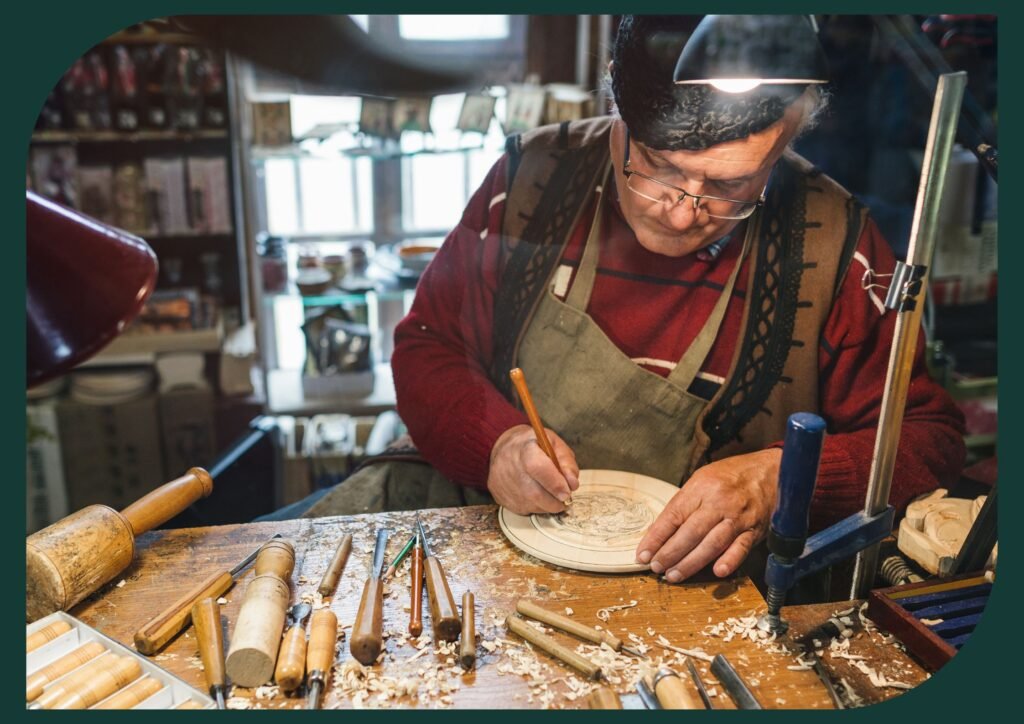
Safe Expression of Complex Feelings
The canvas, page, or stage becomes a judgment-free zone where you can explore feelings of joy, nostalgia, loss, or excitement. Unlike verbal communication, which can feel forced or inadequate, artistic expression allows for nuanced emotional exploration.
Consider watercolor painting, where colors blend unpredictably, creating beautiful surprises. This mirrors life itself—sometimes messy, often beautiful, always unique. Through art, you can externalize internal experiences, gaining perspective and insight into your emotional landscape.
Therapeutic Benefits Beyond Words
Participation in shared artistic experience was associated with lower levels of depression and anxiety, according to recent research published in Nature Mental Health. The act of creating provides natural stress relief, offering a meditative quality that calms the nervous system.
Art-making engages the present moment fully, creating what psychologists call “flow states”—periods of complete absorption that naturally reduce anxiety and promote emotional well-being.

Social Connection
One of the most significant challenges in retirement can be maintaining meaningful social connections. Artistic pursuits naturally create communities of like-minded individuals who share your interests and creative energy.
By collaborating and learning from one another, seniors not only enhance their artistic skills but also forge deep bonds and friendships. These social connections serve as a powerful antidote to feelings of isolation and loneliness that can often accompany aging.
Fostering Meaningful Relationships
Art classes, writers’ groups, and community choirs offer structured opportunities to meet others while pursuing shared goals. These relationships often develop more naturally than forced social situations because you’re united by common creative interests.
The collaborative nature of many artistic endeavors—from group exhibitions to ensemble performances—builds bonds through shared accomplishment. Working together on a community mural or participating in a poetry reading creates lasting memories and friendships.
Intergenerational Exchange
Creative programs increasingly bring together participants of different ages, creating rich opportunities for mutual learning. Your life experiences and wisdom complement younger participants’ energy and fresh perspectives, creating dynamic creative communities that benefit everyone involved.
These intergenerational connections combat ageist stereotypes while providing you with opportunities to mentor and inspire others, adding purpose and meaning to your creative journey.
Self-Discovery and Personal Growth
Retirement offers the gift of time to explore aspects of yourself that may have been dormant during busy career and family-raising years. Artistic expression becomes a vehicle for rediscovering and developing parts of your identity.
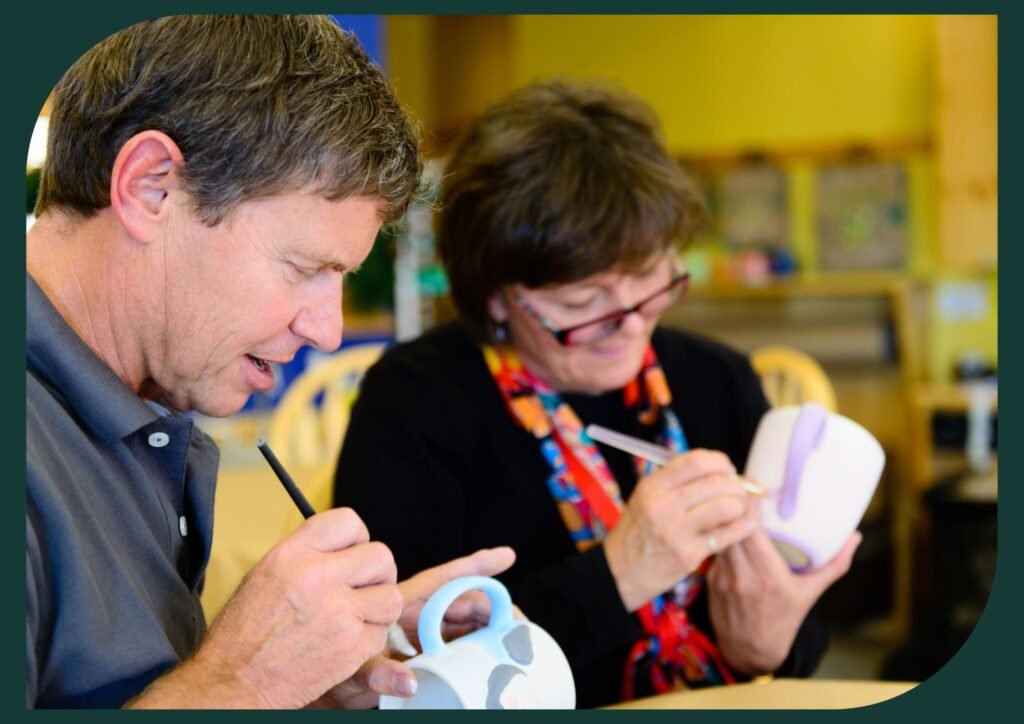
Exploring Dormant Talents
How many times have you thought, “I’ve always wanted to try that”? Whether it’s sculpting, creative writing, or learning guitar, artistic pursuits offer the perfect opportunity to explore these long-held interests without the pressure of professional success.
You might discover hidden talents or develop new skills that surprise you. The woman who takes up photography at 65 might find she has an exceptional eye for composition. The man who joins a community theater group might discover a flair for dramatic performance.
Redefining Purpose and Identity
Creative expression allows you to craft new narratives about who you are and what brings you joy. Instead of being defined solely by former professional roles, you can embrace new identities: artist, musician, writer, or creative community member.
This identity expansion contributes to what researchers call “successful aging”—maintaining a sense of purpose, growth, and engagement throughout your later years.
Increased Quality of Life
Perhaps the most immediate benefit of artistic expression is the simple joy it brings to everyday life. Creative activities inject color, music, and meaning into routine days, creating anticipation and satisfaction that enhances overall well-being.
Rediscovering Wonder and Playfulness
Art reconnects you with the sense of wonder and experimentation that characterized childhood creativity. There’s something profoundly rejuvenating about mixing colors on a palette, feeling clay take shape in your hands, or hearing your voice blend with others in harmony.
This playful engagement counters the serious challenges that can dominate this life stage, providing balance and perspective that contributes to resilience and optimism.
Creating Legacy and Meaning
Your artistic creations become tangible representations of your experiences, perspectives, and growth. A collection of paintings, a memoir, or recordings of favorite songs become gifts to family and community, lasting contributions that extend your influence beyond your immediate presence.
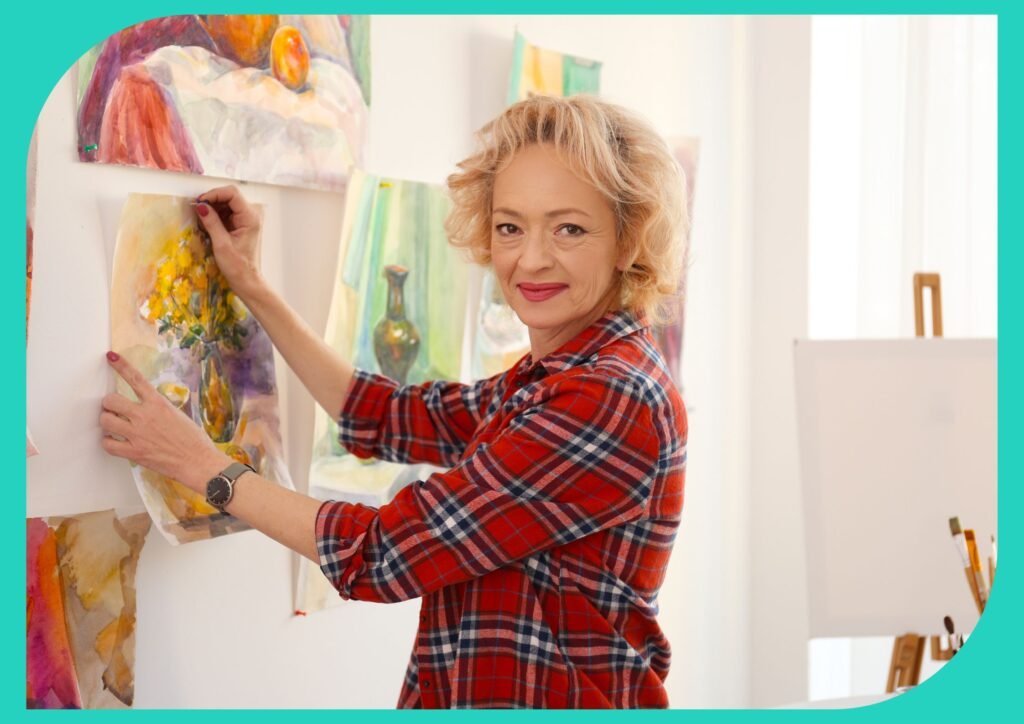
Implementing Creative Aging Programs
Understanding the benefits of artistic expression is only the first step. The key lies in finding accessible, enjoyable ways to incorporate creativity into your regular routine.
Diverse Artistic Offerings
A comprehensive creative aging program should offer a diverse range of artistic expression for seniors, these include mediums and activities to cater to the varied interests and preferences of seniors. By providing a wide array of options, individuals have the freedom to explore and choose the art forms that resonate with them the most, allowing for a truly personalized and enriching experience.
- Visual Arts: Painting, drawing, and sculpture offer immediate creative satisfaction. Watercolors are particularly forgiving for beginners, while photography combines creativity with exploration of your community.
- Literary Arts: Creative writing workshops provide structure for memoir writing, poetry, or fiction. Many communities offer senior-focused writing groups that emphasize encouragement over criticism.
- Performing Arts: Community choirs welcome voices of all abilities, while dance classes designed for mature adults focus on enjoyment and gentle movement. Community theater groups often need participants for various roles beyond acting.
- Digital Arts: Don’t overlook technology-based creative options. Digital photography editing, online music creation tools, and virtual art communities can expand your creative horizons from home.

Finding Expert Guidance
Look for instructors who understand the unique needs and interests of mature adults. The best creative aging programs emphasize process over product, encouraging experimentation and personal expression rather than technical perfection.
Many community centers, libraries, and senior centers offer introductory classes designed specifically for mature beginners. These environments provide peer support and understanding that can be crucial for building confidence.
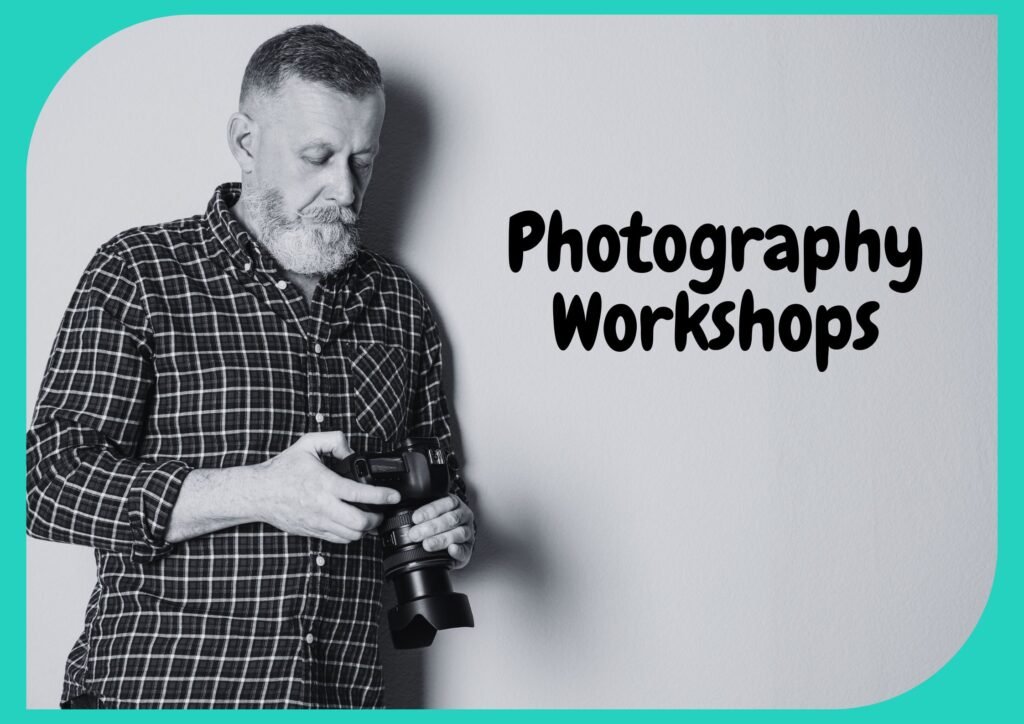
Seniors can cultivate a heightened sense of observation through photography, which helps them appreciate the beauty in everyday life and draws inspiration from the simplest of things. It prompts them to view the world from a new perspective, recognizing details and perspectives that may have gone unnoticed previously.
Writing Workshops
Senior citizens can express themselves through prose, poetry, or memoirs by participating in writing workshops. These sessions provide a platform for them to share their stories, memories, and insights while improving their literary skills through creative writing exercises.
Writing offers a therapeutic outlet for self-reflection and can serve as a means of preserving personal histories and experiences.
Music Lessons
Music lessons and dance classes are crucial parts of a creative aging program, bringing movement, rhythm, and musical artistic expression for seniors. Elderly individuals can discover their musical abilities by either learning to play an instrument or joining a singing group.
Seniors can acquire new skills, connect with the power of melody, and develop a deeper appreciation for distinct musical genres through music lessons. By playing an instrument or singing, they can express themselves emotionally, stimulate their intellect, and create beautiful melodies that deeply resonate.
Dance classes offer seniors a dynamic and expressive physical activity that immerses them in the art of movement. Dancing promotes physical fitness, coordination, and flexibility, enhancing overall well-being. As an emotional outlet, it allows seniors to release stress, express themselves freely, and tap into their creativity.
Dance’s rhythmic movements have the ability to boost morale and impart energy. As seniors sway and move to the music, they feel the pleasure of being completely immersed in the present moment, surpassing any age-related restrictions. Dance transforms into a means of self-expression, enabling them to convey sentiments, narrate stories through motion, and form stronger connections with others.
Incorporating a diverse range of artistic expression for seniors ensures that they have a multitude of options to choose from, catering to their individual interests and preferences. This inclusivity allows for a well-rounded creative aging program that encourages exploration, growth, and self-discovery through various art forms.
It recognizes the unique abilities and talents of seniors and provides them with opportunities to engage in activities that bring them joy, fulfilment, and a sense of purpose.
Expert Guidance and Instruction
Experienced instructors and facilitators are crucial to creative aging programs, as they serve as mentors and guides for elderly individuals in their artistic efforts. These professionals possess a vast amount of knowledge, skills, and empathy that aid them in effectively fostering and inspiring seniors throughout their artistic journey.
These instructors, who possess expertise in diverse art forms, equip seniors with the essential tools and techniques for enhancing their artistic abilities. They provide guidance on composition, brushwork, sculpting, photography, music theory, and dance movements, fostering the seniors’ artistic growth and broadening their creative perspectives.
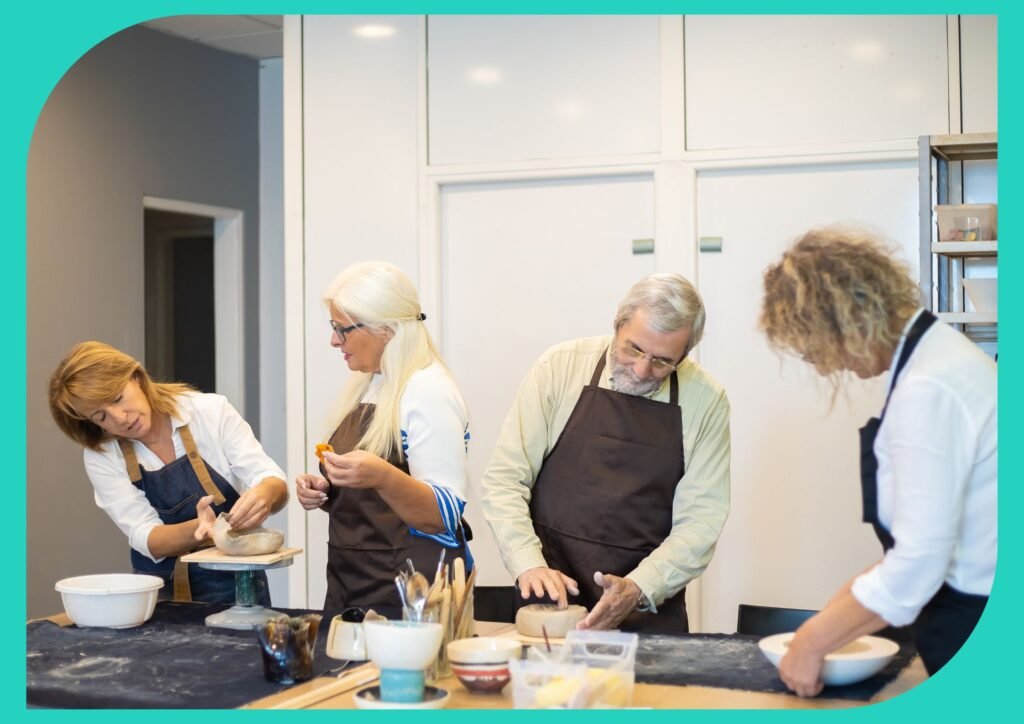
Furthermore, these educators cultivate a supportive atmosphere that fosters development and self-actualization. They comprehend the distinct obstacles and prospects that accompany the aging process and tailor their pedagogical approaches accordingly.
They establish a secure haven in which elderly individuals can confidently explore their imaginative impulses, exhibit their creations, and embark on new tasks. Masters of constructive critique and motivation, these instructors encourage seniors to surpass their limitations and uncover their artistic aptitude.
The instructors comprehend the emotional and social advantages of artistic expression for senior citizens. They inspire seniors to express themselves through their preferred medium, cultivating a nurturing environment. Additionally, the instructors organize events for seniors to exhibit their creations and network with others, encouraging cooperation and gaining insights from various perspectives.
Intergenerational Collaboration
Creative aging programs that bring together people from different generations create a mutually enriching experience for seniors and younger individuals. Intergenerational collaborations provide seniors with a platform to share their wisdom, life experiences, and artistic perspectives with younger participants.
These interactions offer seniors the opportunity to become mentors and sources of inspiration, passing down their knowledge and leaving a lasting impact on the younger generation.
In turn, younger individuals gain valuable insights into aging and the experiences of older adults, challenging ageist stereotypes and preconceptions. They foster intergenerational understanding by engaging with seniors in creative activities, allowing them to appreciate the wealth of knowledge, creativity, and unique perspectives older adults possess.
Creative aging programs facilitate intergenerational exchange that extends beyond artistic collaboration. They cultivate an environment of mutual respect and empathy in which diverse generations learn from and support one another. The exchange of stories, experiences, and artistic expressions bridges the generational divide, promoting significant connections and a sense of community.
Intergenerational collaborations foster creative dialogue and the exploration of diverse perspectives. The distinct life experiences of seniors, influenced by varying historical contexts and cultural backgrounds, enhance the creative process and inspire younger participants to broaden their artistic boundaries.
Accessibility and Inclusivity
Creative aging programs should prioritize accessibility and inclusivity, ensuring that all seniors, regardless of their physical abilities or artistic expression, can participate fully. Accessibility begins with providing wheelchair-friendly venues, ramps, and adequate space for mobility aids, allowing seniors with physical limitations to navigate the environment with ease and independence.
Adaptive Art Tools and Materials
It is vital to provide adaptive art materials and tools that accommodate individuals with varying physical abilities. These resources comprise ergonomic brushes, grips, and specialized equipment that allow seniors with limited mobility or dexterity to participate in art-related activities with ease.

By removing physical barriers and providing appropriate accommodations, creative aging programs empower seniors to unleash their creativity and express themselves through art.
Alternative Formats
Furthermore, considering alternative formats for individuals with sensory impairments is crucial for fostering inclusivity. This may involve providing tactile materials or incorporating audio descriptions and sign language interpretation for individuals with visual or hearing impairments.
By embracing different sensory modalities, creative aging programs ensure that seniors with sensory challenges can fully engage and experience the transformative power of art.
Inclusivity goes beyond physical accommodations and extends to creating a supportive and welcoming environment. It involves fostering a culture of acceptance, respect, and understanding, where individuals of all artistic backgrounds feel valued and encouraged to explore their creativity.
Emphasizing the process of artistic expression for seniors rather than the end result promotes a non-judgmental atmosphere that encourages seniors to take risks and experiment with various art forms.
Conclusion
Creative aging represents more than a trend—it’s a scientifically-supported approach to thriving in your retirement years. Through artistic expression, you can maintain cognitive sharpness, process emotions meaningfully, build lasting relationships, discover new aspects of yourself, and enhance your daily quality of life.
Remember, it’s never too late to begin this journey. Whether you’re 55 or 85, whether you consider yourself “artistic” or not, creative expression offers benefits that extend far beyond the finished product. The joy is in the journey itself—the process of exploration, growth, and connection that artistic pursuits naturally provide.
Are you ready to pick up that paintbrush, join that choir, or start writing your story? What form of artistic expression calls to you most strongly? Share your thoughts and experiences with creative aging in the comments below—your journey might inspire others to begin their own creative adventure.
Frequently Asked Questions About Artistic Expression
- I’ve never considered myself artistic. Is it too late to start?
- Absolutely not! Artistic expression isn’t about natural talent—it’s about exploration, enjoyment, and personal growth. Many people discover their creative sides well into retirement. The key is focusing on the process and personal satisfaction rather than comparing yourself to others.
- What if I have physical limitations that make traditional art difficult?
- Modern creative aging programs offer numerous adaptive options. Voice-to-text software for writing, large-grip art tools, seated dance classes, and digital art platforms can accommodate various physical needs. The goal is finding what works for you, not conforming to traditional approaches.
- How much time should I dedicate to creative activities?
- Start with whatever feels manageable—even 30 minutes once a week can provide benefits. Many people find their interest grows naturally, leading to increased involvement over time. The key is consistency rather than duration.
- Are there proven health benefits to artistic expression for mature adults?
- Yes, extensive research shows that creative activities can improve cognitive function, reduce depression and anxiety, enhance social connections, and contribute to overall well-being. Recent studies involving thousands of participants confirm these benefits across various art forms.
- How can I find creative programs in my community?
- Check with local community centers, libraries, senior centers, community colleges, and art organizations. Many communities have dedicated creative aging programs. Online platforms also offer virtual classes if local options are limited.
- What’s the best art form for cognitive benefits?
- All artistic activities provide cognitive stimulation, but the best choice is the one you’ll enjoy consistently. Music, visual arts, writing, and dance all offer unique cognitive challenges and benefits. Consider trying several to see what resonates with you.
- Can artistic expression help with grief or major life transitions?
- Many people find creative activities particularly helpful during challenging times. Art provides a non-verbal outlet for complex emotions and can be deeply therapeutic. However, it should complement, not replace, professional counseling when needed.
- How expensive is it to get started with artistic activities?
- Many creative pursuits can begin inexpensively. Community programs often provide materials, library programs are typically free, and basic art supplies are affordable. Start simple and invest more as your interest develops.

